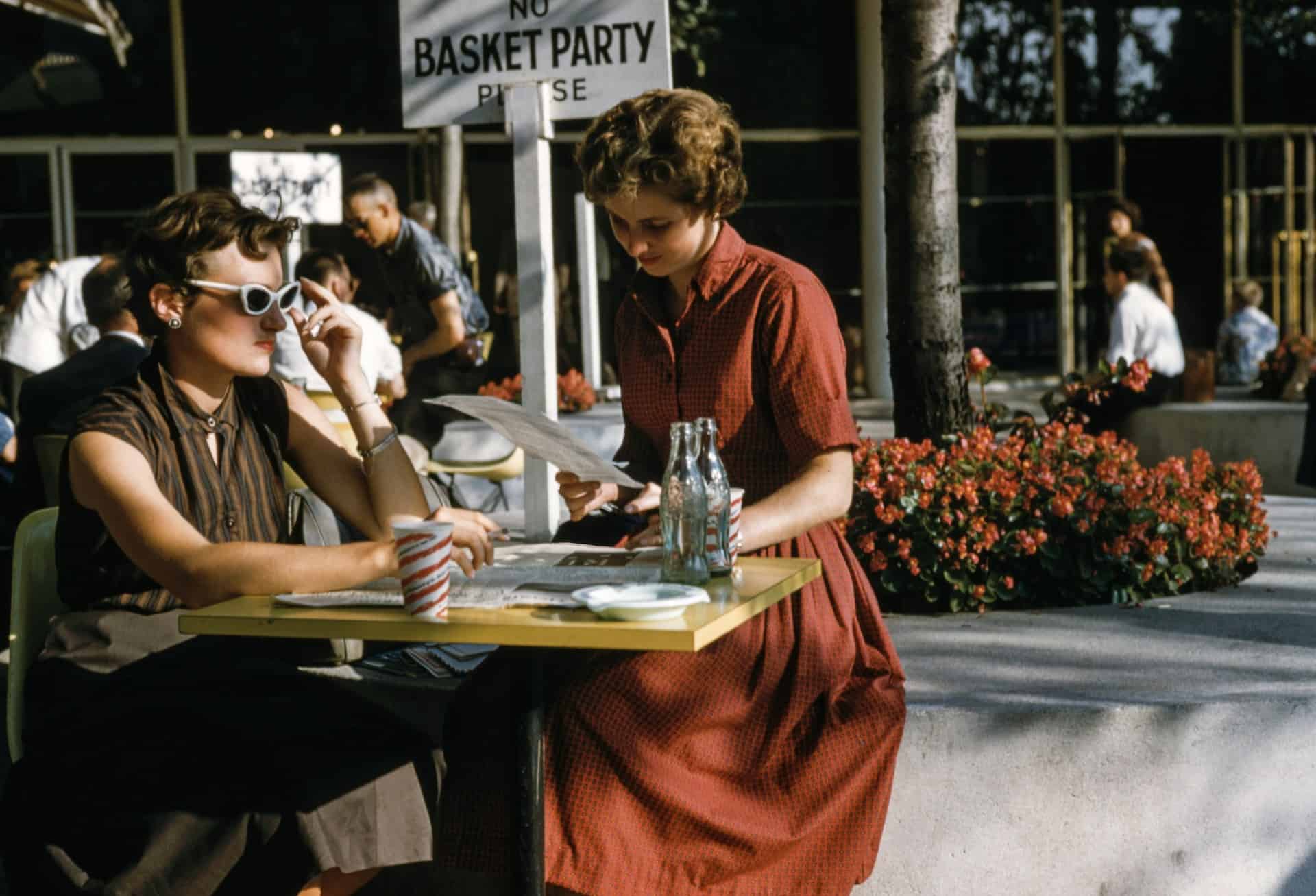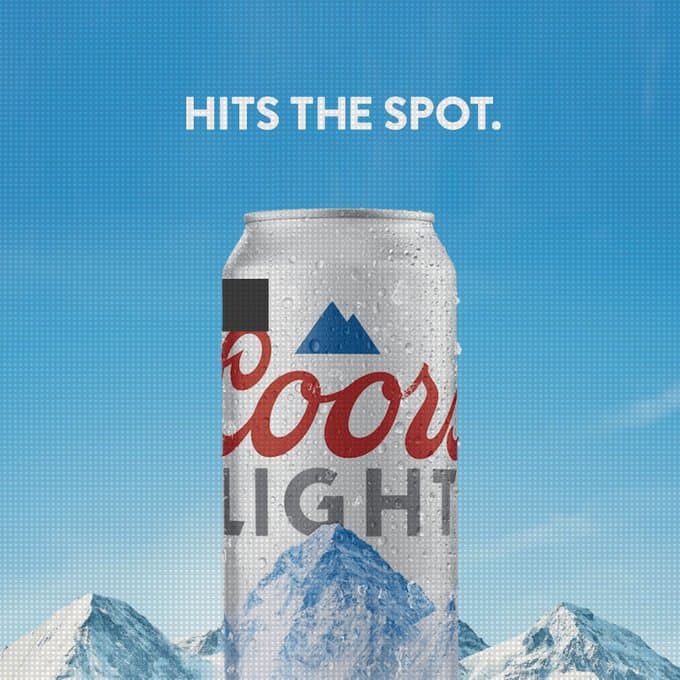Does the landscape of e-commerce feel like the Wild West? Yes. Are there hundreds of thousands of stores all vying for the same customers, using flashy ads and enticing deals to do so? Also, yes. Is it possible to rise above the pack and turn the casual visitor to your website into a loyal customer? You f*cking bet.
But how?
Attracting customers is just the first step to navigating the crowded and competitive e-commerce space. You must create an experience, one that fosters enough connection that you convert clicks into sales. Call it a website, call it a digital storefront, call it whatever pleases you, but a name means nothing without a good e-commerce marketing strategy behind it.
10 Essential Tips for E-Commerce Digital Marketing
Let’s skip the nonsense intro telling you we have ten tips about e-commerce marketing and just tell you.
1. Know Your Audience
Understanding your target audience is the foundation of any marketing success, but for our e-commerce purposes, that could not ring more true. You ever played darts blindfolded, trying to aim but clearly can’t see? Neither have we, but we assume not knowing your audience is the same feeling.
Take time to research your ideal customer’s demographics, interests, pain points, and online behavior. This knowledge helps guide your content creation and messaging so you turn web visitors into loyal customers.
2. Optimize Your E-Commerce Platform
Having an e-commerce platform means nothing unless it’s optimized for speed, mobile responsiveness, and a smooth user experience. This includes clear navigation, high-quality product images, and an easy checkout process. A clunky website will frustrate potential customers and send them running to the competition.

3. Create Compelling Product Pages
Your product pages should be visually stunning, with high-quality brand photography that makes your sh*t look good. Please don’t showcase your products with imagery you shot on your iPhone. IPhones can do a lot but taking high quality e-commerce photo’s isn’t in their repertoire.
But looks only go so far. Consumers have to understand what they’re buying. The more clear and concise the descriptions, the better. Customer reviews and ratings can increase social proof, and distraction free checkout processes can make consumers much more likely to pull the trigger.
4. Focus on Conversion Rate Optimization
Conversion rate optimization (CRO) is about turning clicks into sales. It’s done by analyzing user behavior and implementing strategic changes to increase your conversion percentage. Think clear calls to action, streamlined checkouts, and enticing product pages, all of which will nudge website visitors towards that nicely designed and well-functioning button that says, “BUY.”
5. Leverage Content Marketing
Please, please, please, believe us when we say that content marketing is so much more than just blog posts. We understand there is a level of hypocrisy when we say that in a blog post, but we know you’ll cut us some slack. Think outside the content box and focus on what you think your audience will want to see. If they’re a younger generation, then social media is a no brainer. An older, more mature subset may be more inclined to read an informative article. This circles right back to your audience and what your end goal is with them. (And don’t forget the impact of SEO with your content.)
6. Harness the Power of Social Media
Social media platforms like Instagram, TikTok, and Facebook are prime real estate for connecting with your target audience. You can show your products in action, run interactive contests or polls, and leverage user-generated content to build community. Paid social advertising options on these platforms allow for laser-focused targeting, putting your brand directly in front of potential customers who are most likely to convert.
7. Implement E-Commerce Email Marketing Strategies
We all get hundreds of emails a day. What’s one more, right? Well, if the subject line is enticing and the receiver feels as though your email is worth their time, then that “one more” might just mean another customer. Segment your audience for targeted messaging, personalize emails with customer names and purchase history, and automate key sequences like welcome messages and cart abandonment reminders. Yes, this might take time upfront, but once your email flows are set up, it’s small tweaks from there.

8. Invest in Paid Advertising
Paid advertising, or PPC, on platforms like Google Ads, Facebook Ads, or Instagram Ads allows you to reach a wider audience who is actively searching for products like yours. It’s the HOV lane of the internet. The benefit is that you reach qualified leads who actually need your offering and only pay when they click on your ad. There is a level of hyper focused strategy with PPC, so start with a small budget, experiment with different ad formats and targeting options, and analyze the results to optimize your campaigns.
9. Enhance Customer Experience and Support
A happy customer is a repeat customer. Offer multiple lines of communication with prompt and friendly support. Order updates and shipping notifications keeps customers informed and reduces anxiety. You may also consider offering hassle-free return policies and loyalty programs to show you value their business.
10. Analyze and Adapt
The e-commerce landscape is ever-changing. This means that you are too. Regularly analyze your website traffic, track campaign performance, and monitor customer feedback. These insights will inform a potential strategy pivot needed to continue growth. It’s appeasing the challenge of retaining current customers and attracting new ones.
It’s a Lot to Do…Hire Us?
Within these 10 steps, there’s a lot to do, micro details that contribute to the larger goal at play. We have the e-commerce experience to help you grow your brand.
We worked with a beauty brand client, Honestly Margo. As part of our web design efforts, we improved the checkout functionality to improve the purchase rate on the site. We did, by 53 percent. Transactions increased by 59 percent and web revenue saw an increase of 165 percent.
Big deal, it was probably luck. Nope, we saw an even better return with our luxury clothing brand client, G ALXNDR. To help streamline their checkout process and boost conversion rates, we implemented comprehensive event tracking throughout the purchase journey. This gave us insight into how to optimize the checkout flow for a smoother, more successful buying experience. We saw a 454 percent increase in web revenue as a result.
We’d love to talk with you about your e-commerce needs and how we at M&P can help. Schedule a call with us today. We look forward to chatting.


















